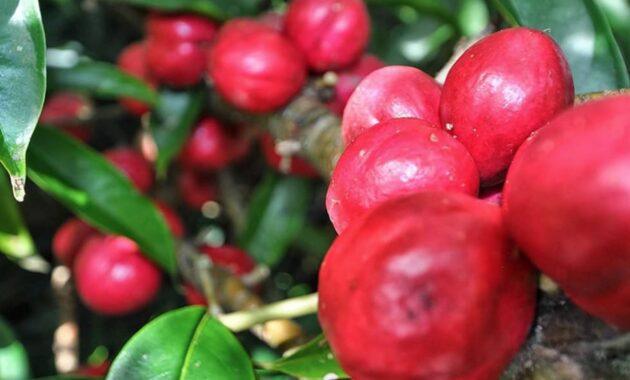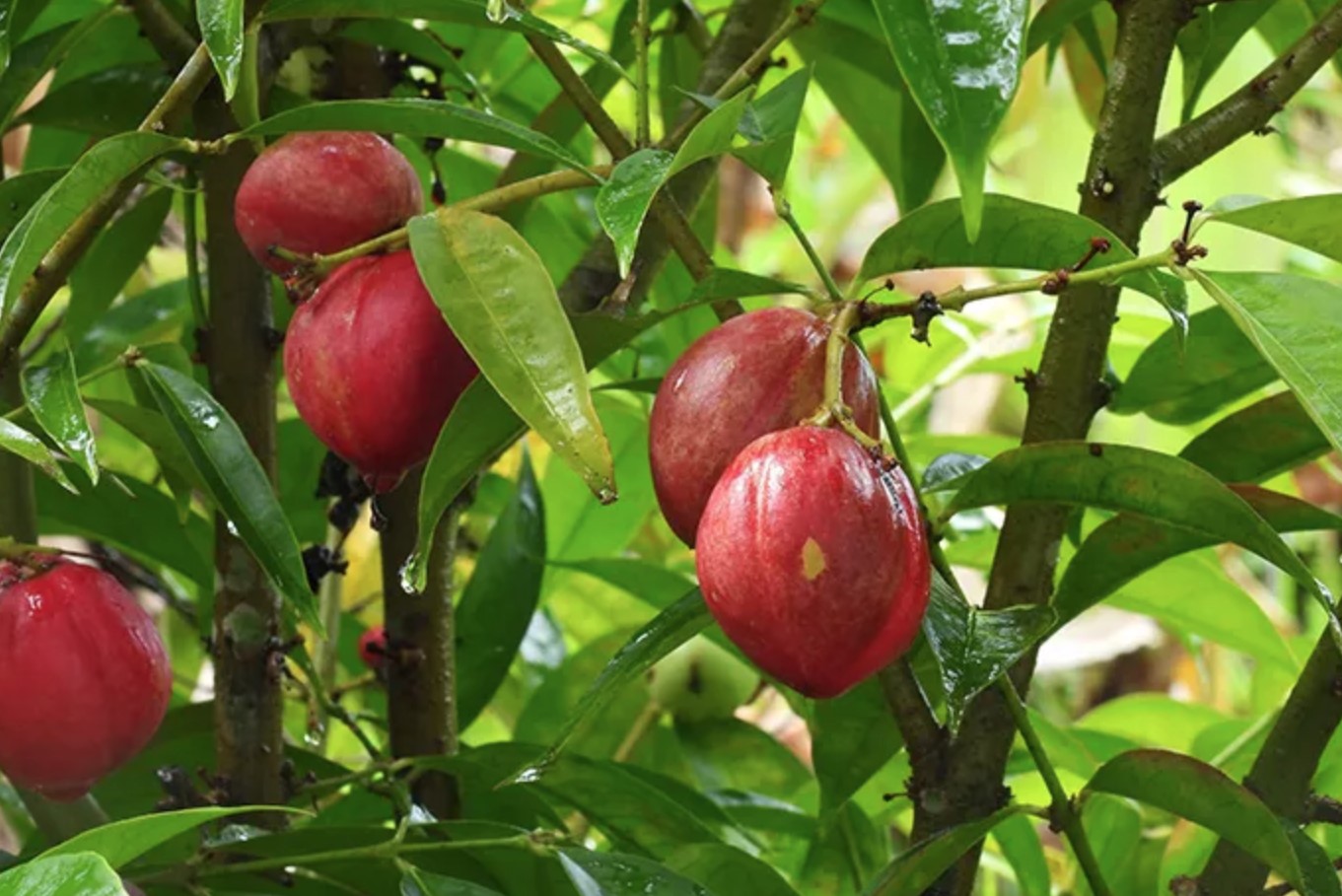
If you’ve ever stumbled upon the God’s Crown plant, you’ll know it’s an absolute stunner! Also known as Euphorbia milii, or simply Crown of Thorns, this succulent plant isn’t just pretty to look at—it has a rich history, fascinating characteristics, and some surprising care requirements.
What Makes God’s Crown Special?
First off, let’s talk about the name. The Crown of Thorns gets its name from the spiny, thorn-like structures on its stems that are reminiscent of the crown worn by Jesus Christ during his crucifixion. It’s often seen as a symbol of suffering and sacrifice, which gives it a unique and profound significance.
But don’t let that heavy symbolism fool you! God’s Crown is a hardy plant that can thrive in various conditions, making it a perfect choice for both novice and experienced gardeners. It’s a succulent, which means it stores water in its thick, fleshy leaves and stems. This characteristic makes it relatively drought-tolerant, allowing it to flourish with minimal care.
Basic Characteristics of God’s Crown Plant
Before diving into the nitty-gritty of care, let’s take a quick look at what makes this plant tick:
- Scientific Name: Euphorbia milii
- Common Names: Crown of Thorns, Christ Plant, and Euphorbia.
- Family: Euphorbiaceae
- Native Region: Madagascar
- Growth Habit: A spiny shrub that can grow up to 3 feet tall and wide.
Ideal Growing Conditions
When it comes to cultivating the God’s Crown plant, the right environment is crucial. Here’s what you need to keep in mind:
- Light Requirements: God’s Crown loves the sun! It thrives in bright, indirect sunlight. A south-facing window is an ideal spot. If you’re growing it outdoors, ensure it gets at least 6 hours of sunlight a day. However, be cautious—too much direct sun can scorch its leaves.
- Soil Type: Well-draining soil is a must. I’ve found that a cactus or succulent mix works wonders. You can even make your own by combining potting soil, sand, and perlite in equal parts. The key is to ensure that excess water can escape easily.
- Temperature and Humidity: God’s Crown prefers warm temperatures, ideally between 70°F to 85°F (21°C to 29°C) during the day. It can tolerate slightly cooler nights, but avoid exposing it to temperatures below 50°F (10°C). As for humidity, it’s a fan of dry conditions. Keep it away from overly humid environments to prevent rot.
Watering Your God’s Crown Plant
Ah, watering—one of the trickiest aspects of plant care! God’s Crown is quite forgiving when it comes to drought, but it can’t stand to sit in water. Here’s how I handle it:
- Frequency: During the growing season (spring and summer), water the plant thoroughly but allow the soil to dry out completely between waterings. This usually translates to watering every 1 to 2 weeks, depending on your environment. In the winter, cut back on watering; the plant goes dormant, so it requires even less moisture.
- Signs of Overwatering: Be on the lookout for yellowing leaves or mushy stems—these are telltale signs of overwatering. If you notice these symptoms, reduce your watering frequency immediately.
Fertilizing Your God’s Crown Plant
While God’s Crown doesn’t need much fertilizer, a little can go a long way in promoting healthy growth. Here’s how to fertilize:
- Type: Use a balanced, water-soluble fertilizer, diluted to half-strength. Look for one with a higher phosphorus content to encourage blooming.
- Frequency: Fertilize every 4 to 6 weeks during the growing season (spring and summer). Avoid fertilizing during the fall and winter months, as the plant is dormant and won’t absorb the nutrients.

Pruning and Maintenance
To keep your God’s Crown plant healthy and vibrant, regular maintenance is essential. Here are a few tips I’ve picked up over the years:
- Pruning: Prune the plant to shape it and remove any dead or diseased stems. I usually do this in the spring before the growing season begins. Use clean, sharp scissors or pruning shears, and wear gloves to protect yourself from the thorns.
- Repotting: If your God’s Crown outgrows its pot, it’s time for a repot. Repotting is usually necessary every 2 to 3 years. Choose a pot that’s one size larger and refresh the soil to give the roots plenty of room to grow.
Common Pests and Diseases
While God’s Crown is relatively pest-resistant, it’s not entirely immune. Here are some pests and diseases to keep an eye on:
| Pest/Disease | Symptoms | Prevention/Treatment |
|---|---|---|
| Mealybugs | White, cottony masses on leaves | Remove with a cotton swab dipped in alcohol. |
| Spider mites | Yellow speckling on leaves | Increase humidity or use insecticidal soap. |
| Root rot | Wilting, yellowing leaves | Ensure well-draining soil and avoid overwatering. |
| Powdery mildew | White, powdery spots on leaves | Improve air circulation and avoid overhead watering. |
Propagating Your God’s Crown Plant
One of the coolest things about God’s Crown is how easy it is to propagate! If you want to expand your collection or share with friends, here’s how to do it:
- Stem Cuttings: Take a healthy stem cutting, about 4-6 inches long, using sharp, sterilized scissors. Let the cutting dry out for a few hours to form a callus on the cut end.
- Planting: Dip the callused end into rooting hormone (optional) and plant it in a small pot filled with well-draining soil. Water lightly, then cover it with a plastic bag to create a mini-greenhouse effect.
- Care: Place the pot in a bright, indirect light location and keep the soil moist but not soggy. After a few weeks, you should see new growth—at that point, you can remove the plastic bag!
Final Thoughts
Caring for a God’s Crown plant can be incredibly rewarding. Not only do you get to enjoy its stunning flowers and unique appearance, but you also connect with a plant steeped in history and meaning.
With its minimal care requirements and drought tolerance, this beauty is perfect for those of us who might not have a green thumb. Whether you choose to grow it indoors or outdoors, following these tips will ensure your God’s Crown thrives and brings a little extra color and joy to your life.
So go ahead, give it a shot! You might just find that God’s Crown becomes a favorite in your plant collection. And remember, every plant is unique, so don’t be afraid to experiment and find what works best for you and your God’s Crown!
Feel free to let me know if you’d like to adjust any parts of this or if you need additional details!



